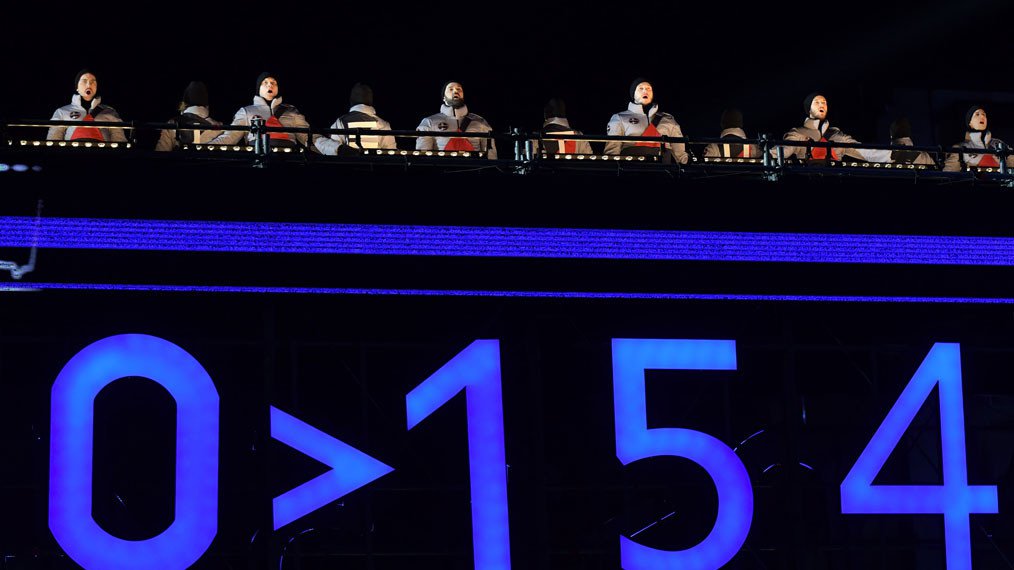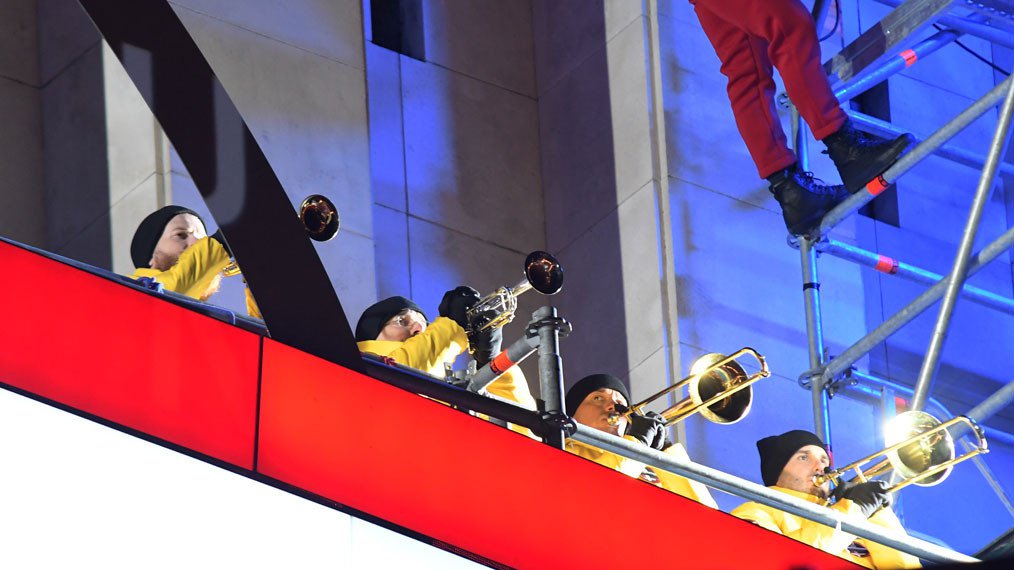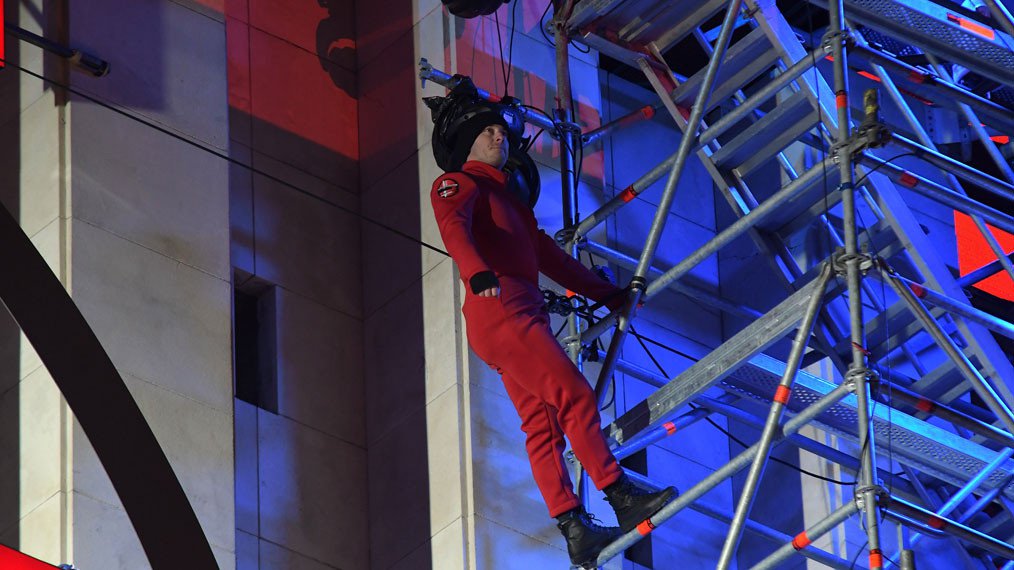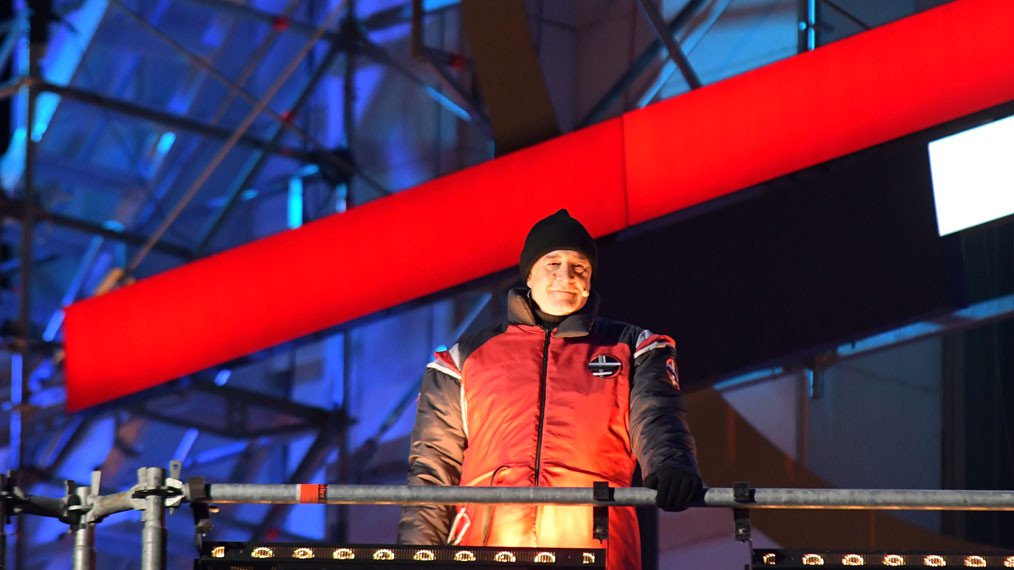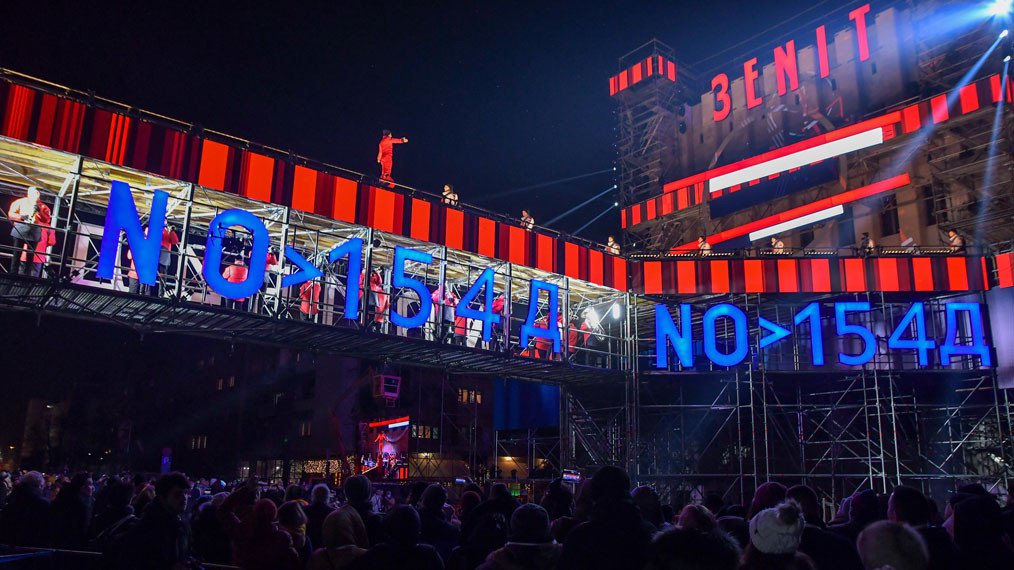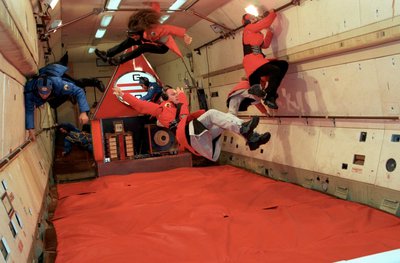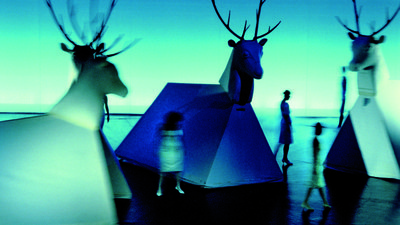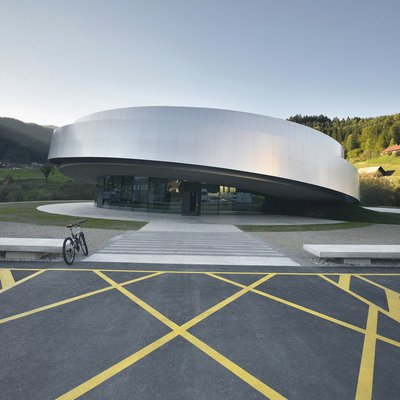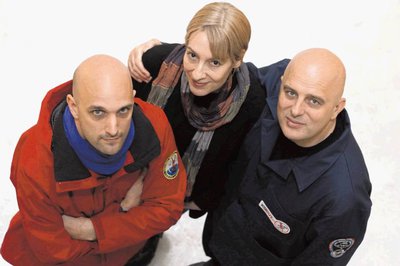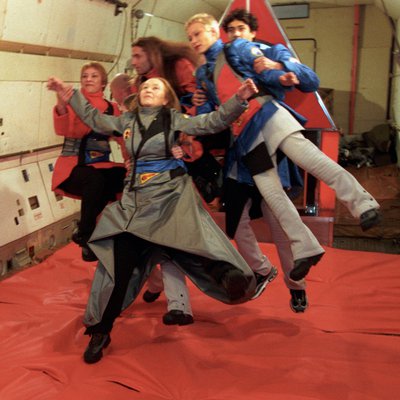As the Zenith is the highest point that can be reached, so is the Zeniteum :: 2022 play, celebration and culmination of the double opening of the European Capital of Culture in Novi Sad and the culmination of the ‘Doček’ programme in which time and energy intersect to free up space of accumulated potential, a space of long anticipation, in which the power of diversity will spark Arc Voltage, creative lightning, which will illuminate the entire 2022 and all the programmes of the European Capital of Culture under the 4 New Bridges motto.
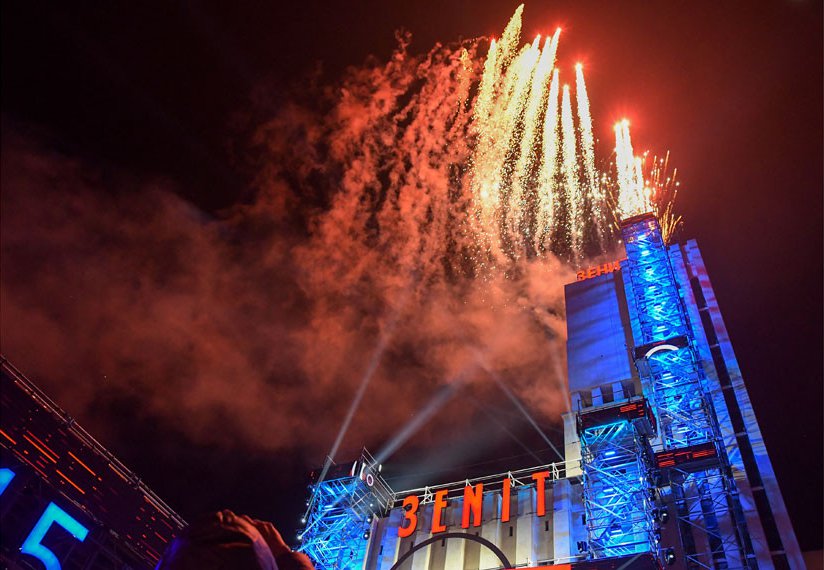
On 13 January, Novi Sad officially opened the title year of the European Capital of Culture with the Opening Ceremony play Zeniteum :: 2022. The opening ceremony took place outside Banovina Palace.
Zeniteum :: 2022, the most complex production art project that has been implemented in Serbia in recent years, was presented as a secular ceremony with selected content of the highest spiritual value of the Republic of Serbia. It represented all its citizens with a special focus on the citizens of Novi Sad.
The title of the opening ceremony comes from the transnational art movement Zenitism, which was established by Ljubomir Micić (1895 – 1971), the artist and editor of the ‘Zenit’ magazine. He shaped modernist art between the two world wars in this international magazine, and the echoes of his work were felt in Belgrade, Zagreb, Paris, Berlin, Milan and Moscow.
Zeniteum :: 2022, whose author is one of the most significant figures of the Slovenian and regional art scene, renowned European director and post-gravity artist Dragan Živadinov, chose mathematicians Mileva Marić Einstein (1875 – 1948) and Milutin Milanković as protagonists of the optimal projection (1879 – 1958). Mathematics is the central theme of the Zeniteum :: 2022 scenario, mathematics as a tool and language that allows a person to describe their spiritual achievement. At the ceremony, we sing the glory of science and art in the name of culture!
The third, aesthetic protagonist will be Ljubomir Micić with his idea of modernizing the Balkans, with 43 issues of the ‘Zenith’ magazine (László Moholy-Nagy, Tatlin, Gropius, Kandinsky, and Malevich) with special emphasis on the double Russian edition. The scenography (aesthetics) will be based on a post-gravitational reinterpretation of Constructivism and Suprematism.
